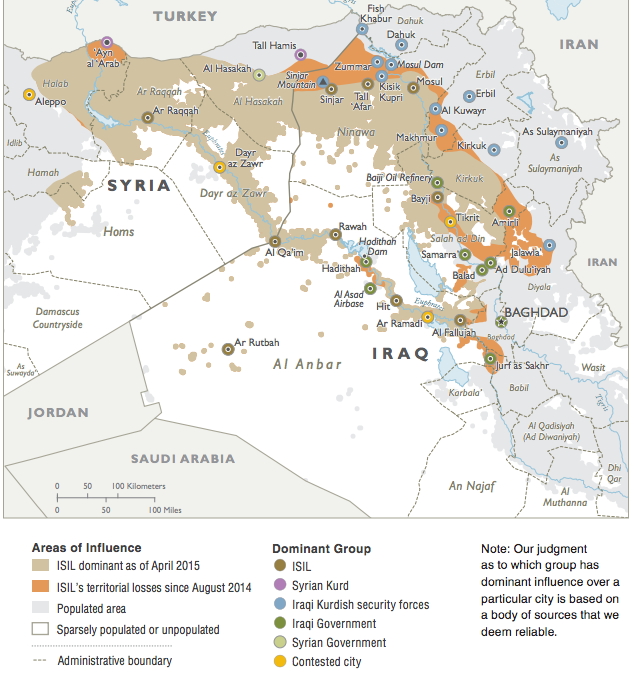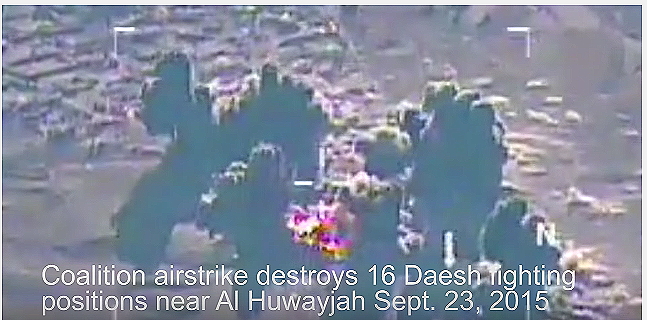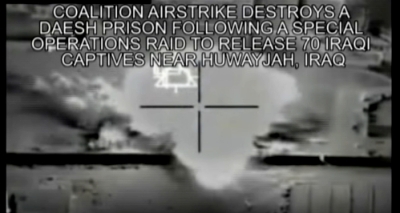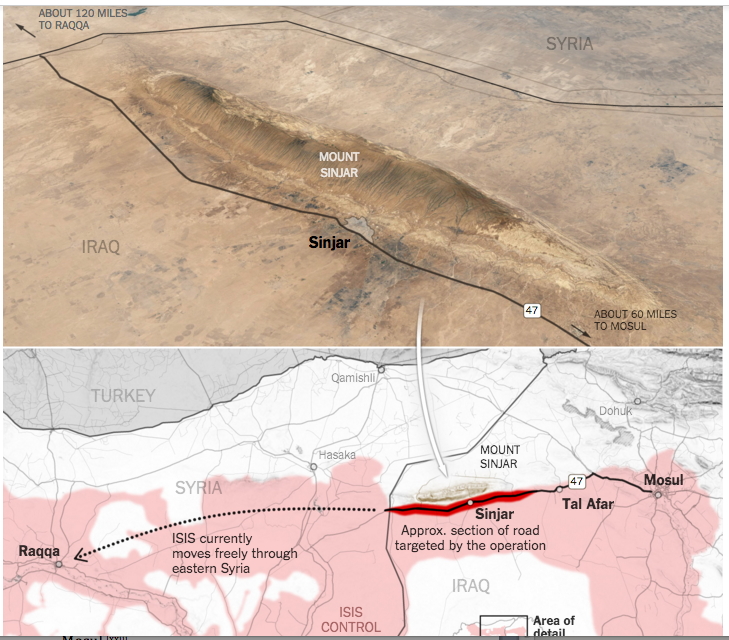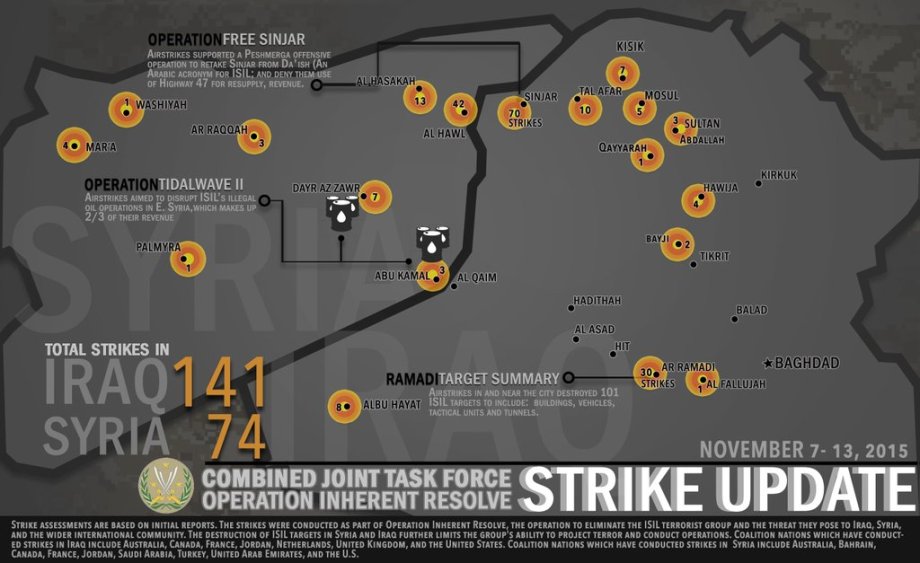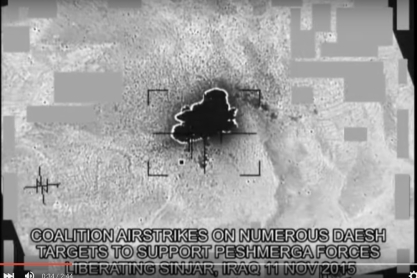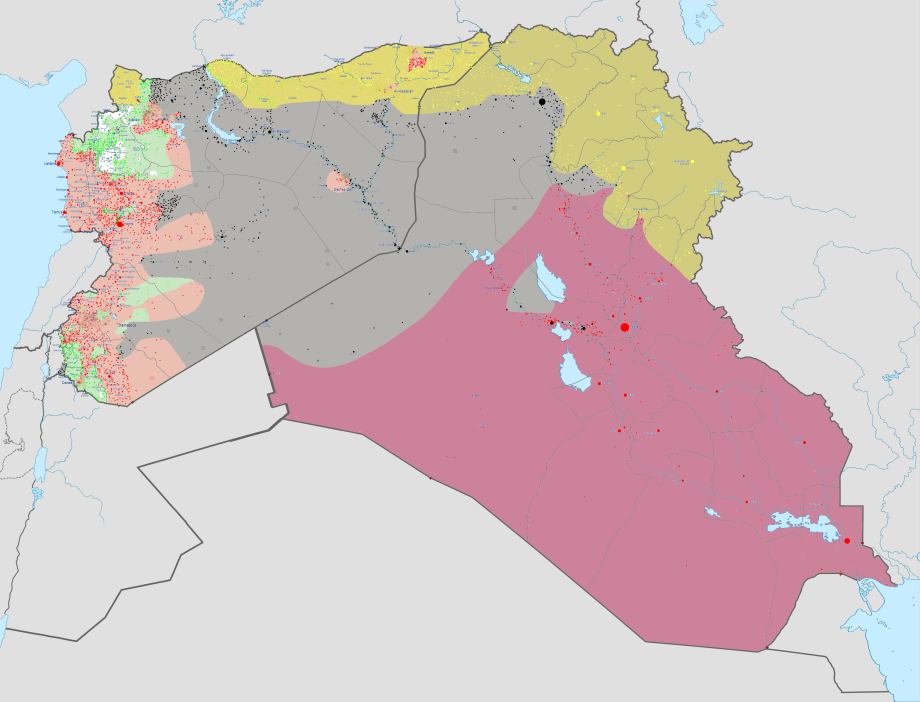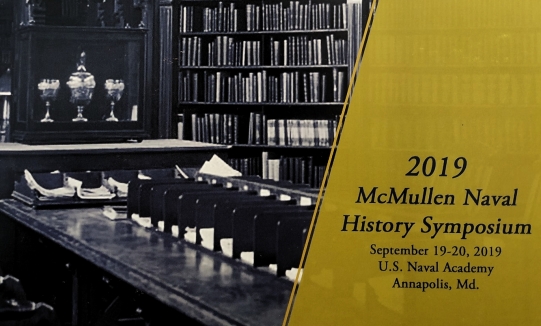
This was an impressive international conference, held once again at the US Naval Academy, Annapolis, Maryland. The flagship US Navy (USN) history symposium, held every two years, this year brought together a record number of scholars and participants, 400 in total, to present and learn from panels of world-class researchers and naval thinkers.

Dawn’s early light over an F/A-18 display.
The weather on September 19 and 20 was beautiful, the sky was summer blue and warm, as the scholars awoke with the dawn to bus over to the US Naval Academy (USNA) from their hotels. Future USN lieutenants were starting classes on Thursday morning. The fall term had began on 19 August, with the conclusion of Plebe Summer for the new class of 2023 freshmen.

Your intrepid narrator arrives & registers for the conference.

After registering and picking up the conference booklet (which very helpfully included a small notebook, to be completely filled over the course of the following 48 hours), I headed down from the Hart Room reception and publishing exhibit at Sampson Hall (ie, the book store), making my way to the Mahan Hall Auditorium, to hear the symposium introductory remarks.


After a quick appraisal of the conference administrative details, we were on our way to the first panels. As usual with a conference of this size, one must selectively decide which panels to attend, and although it is certainly tempting to skitter in and out of rooms (as the midshipmen tend to do throughout the conference – preparing notes for assigned reports before heading to scheduled classes), I prefer to stick through with each panel and get a feel for the full discussion.
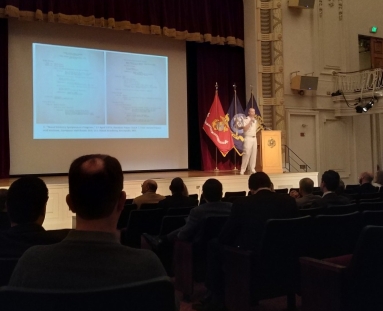
Commander Benjamin “BJ” Armstrong covering conference administration and introductions
Although I was tempted to attend the session on the legacy of Jutland for the first panel, I decided instead to attend the panel on naval aviation and air power history, which I figured would complement my own research, to be presented in the afternoon on day two. As such, I was soon listening to Commander Andrew Moulis introduce the naval aviation panelists.
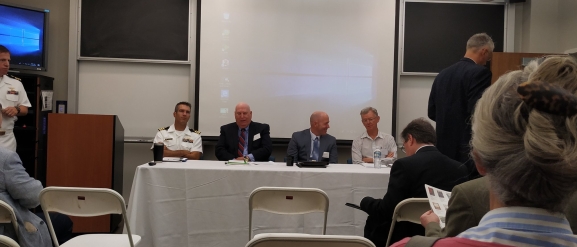
Panel One: Session A6, Commander Stan Fisher (commentator), John Orr, Jonathan Chavanne and Bruce Perry
Bruce presented first, summarizing the history of pre-1941 Anglo-Japanese naval cooperation, notably the 1921 mission of the proto-fascist Lord Sempill, who was focused on advancing Japanese naval aviation. Bruce highlighted the infamous Frederick Rutland (“of Jutland”) controversy, in which the legendary naval aviator became a Japanese double agent, comparable to the Cambridge Five who later spied for the Soviet Union during the Second World War. Although much of this ground is covered by Arthur Marder’s now almost totally forgotten Old Friends, New Enemies, Bruce was able to take advantage of his impeccable pronunciation of Scottish names to enliven his paper, a strong opening to the conference proper.

Jonathan was up next, presenting on the interwar history of the USN’s rigid airship program. Although the surviving First World War Zeppelins were destroyed by their crews rather than face internment, vis-a-vis the High Sea Fleet at Scapa Flow, they had in fact been promised as war reparations to the Americans. Rear Admiral Moffett, in particular, was keen to acquire rigid airships for the USN to act as long-range fleet scouts in the Pacific, a theatre where a Zeppelin’s endurance and operational radius, prior to the invention of radar, could have been useful. Towards this end Moffett, together with Lt. Commander Charles Rosendahl, arranged for the purchase of rigid airships from the Zeppelin works in Germany, of which the first for American service, LZ126, was completed in 1924. This Zeppelin entered American service as USS Los Angeles. Although the debate about the ongoing utility of rigid airships continued into the 1930s, the death of Moffett in the USS Macon disaster of 5 February 1935, like the demise of Britain’s R101 on 5 October 1930, as with the death of Germany’s Peter Strasser in LZ112 in 1918, generally put an end to the rigid airship program.

Los Angeles (right) and Shenandoah in 1924
Third, John presented on the US naval air station (NAS) based in Halifax, Nova Scotia, for anti-submarine purposes during the First World War. Proposed with support from former Wing Commander J. T. Cull (RNAS and then RAF) in April 1918, the air station was activated in August 1918. Although not mentioned by John in his presentation, the USN had plenty of experience establishing stations in Ireland and at Dunkirk, the former in particular immensely important for Captain Hutch Cone (USN), who was leading the American naval aviation deployment to Europe for Admiral William Sims. By September 1918 Halifax was operating H12 flying boats, but this late in the submarine war, there was little activity in the area of operations

John’s presentation included splendid nautical art by Group of Seven painter Arthur Lismer.
Lunch at the Alumni Hall was next, and as I had not formerly registered for the conference until a few days prior, my chances of making it into the assigned seating dining hall were slim. However, as luck would have it, a number of guests did not take their seats and thus I was thankfully ushered inside.


Alumni Hall on the waterfront, in front of Mahan Hall, with the somewhat triumphalist display “Winning The Cold War”.
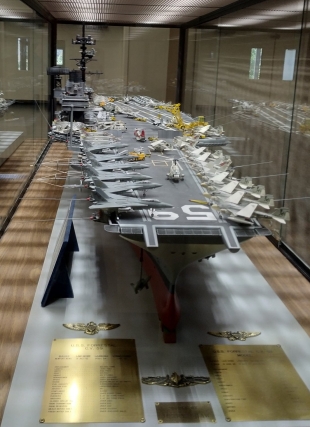
The enormous model of USS Forrestal (CV59) outside the dining hall.
Inside the dining hall I quickly made my way to an open table and sat down to devour my salad entree and creamed chicken, followed by a satisfying carrot cake dessert. The sparse table I was sitting at turned out to be occupied by some of the ancient warfare presenters. This was in fact a significant bit of luck, as I had earlier sworn to Jesus, on Twitter, that I would attend more pre-1700 naval history panels at this years’ McMullen.

I soon found myself conversing with a group including Jorit Wintjes, and John Hyland amongst others. Our discourse ranged from Greco-Roman amphibious operations to flagrant historical inaccuracies in Hollywood cinema and New York broadway, notably in Zack Snyder’s tortuous quasi-pornographic adaptation of Frank Miller’s 300, in the opening battle sequence of Ridley Scott’s Gladiator (artillery accurately represented; cavalry and shouting Zulu warriors less correct), and the portrayal of Lafayette alongside an apparently sympathetic Aaron Burr in the pop-cultural adaptation of Ron Chernow’s Hamilton.



Refreshed, it was time to attend the afternoon panels. Feeling an irrepressible desire to break-out from my specialization, and no doubt influenced by the classical conversation at lunch, I decided to attend what turned out to be a fascinating session chaired by Gene Smith on the War of 1812
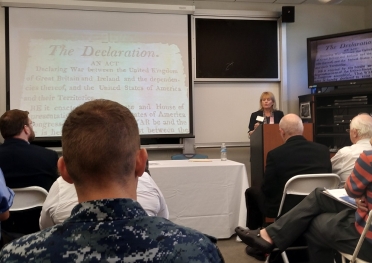


Panel Two: Session B8, Samantha Cavell, Kevin McCranie and Kenneth “Kenny” Johnson.
Samantha presented on the distribution of Royal Navy forces during the 1812-13 phase of the American war, providing a useful update on Nicholas Rodger’s figures which unfortunately do not go beyond 1804 in The Command of the Ocean. Samantha demonstrated that Admiral Sir John Warren, C-in-C North American Station, based at Bermuda, was essentially conducting a holding operation: Warren’s tasks included carrying out a naval blockade, capturing American trade, and protecting the West Indies, while the war in Europe wound down. As soon as the threat from Napoleon was contained the British Admiralty shifted its focus from Europe to North America, and appointed the aggressive Vice Admiral Alexander Cochrane in Warren’s place, resulting in the defeat of the United States through a lightning maritime campaign that included Rear Admiral George Cockburn’s burning of Washington DC in 1814.
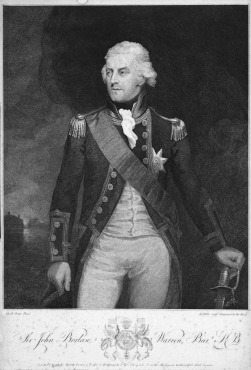
Admiral Sir John Borlase Warren in 1799
Kevin followed up, employing the methodology of organizational and command analysis, eg, Roger Knight’s Britain Against Napoleon, to explore the administrative details at the Admiralty, where a minute staff of not much more than 30 individuals were running a global naval conflict. Kevin’s most interesting point was addressing the relative geospatial-time dynamic necessary when selecting commanders and drafting orders: the farther a naval station was from Whitehall, the more abstract the Admiralty orders by necessity had to be, and thus, the more discretion given to the local commander.

While I was listening to the panel I was struck by the similarity of Britain’s 1812 strategy with that of the William Pitt – George Anson theatre strategy of 1756-63: concentrate in the decisive theatre while securing command of the sea, fight containment actions elsewhere, before shifting focus and eliminating the enemy’s overseas bases.
Kenny concluded the panel with a brilliant narration of Napoleon’s post-Trafalgar naval strategy, really a kind of “anti-strategy” as I saw it, in which the central objective was to confuse the British as much as possible regarding the Emperor’s objectives. This included fantasy operations to capture the Channel Islands with 10,000 men, another non-campaign in Egypt with 30,000, combined with a violent but generally ephemeral guerre de course intent on burning British merchants supplying Wellington’s Peninsular army. The extent of Napoleon’s effort to tie down British warships with deception included the comical case of blank orders and a brief effort during the American war to pay the United States to fight the privateering campaign on Bonaparte’s behalf.

Sir Charles Oman’s multi-volume history of Wellington’s Peninsula campaign.
It was time to make my way to the next session, for which I knew I was going to have to make some tough choices. I was drawn to the Cold War Naval Strategy panel chaired by Nicholas Prime, but also to the US Naval Aviation during the Pacific War panel chaired by Randy Papadopoulous. Tempting as these sessions were, I ultimately decided I just could not miss the all-star panel on Leyte Gulf that was being chaired by Thomas Cutler.

Panel Three: Session C7, Thomas Cutler introduces Trent Hone, Paul Stillwell, and K. J. Delamer, with comments by Craig Symonds.
Trent Hone, Guadalcanal and USN doctrine specialist, presented first, establishing the narrative basis for the Philippines’ campaign, known as Campaign Plan Granite. Vice Admiral Shoji Nishimura’s South Force was pulverized as it attempted to run the gauntlet at Surigao Strait, leaving only Vice Admiral Takeo Kurita’s Central Force to operate against the American invasion force. A group of Imperial Japanese Navy (IJN) carriers (without planes) are moving as a distraction north of USN Third Fleet, and although Task Force 38 under Admiral Mark Mitscher and his Chief of Staff Captain Arleigh Burke want to convince Admiral Halsey to concentrate against Kurita, Mitscher ultimately defers to Halsey and the entire force goes north after the Japanese decoy force. Trent argued that Halsey’s command process had become complacent, and when combined with fatigue and inexperience operating as a fleet commander, meant that Halsey’s subordinates did not feel confident to correct what they could see was clearly a mistake.
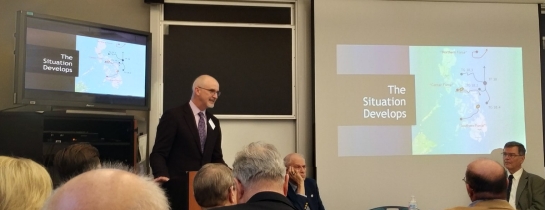
Trent Hone presenting on Admiral William “Bull” Halsey’s (in)famous command decisions at the Battle of Leyte Gulf.
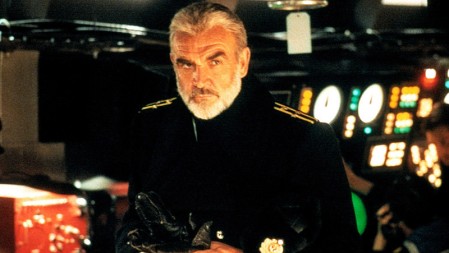
“Halsey acted stupidly” – Tom Clancy’s Marko Ramius played by Sean Connery in John McTiernan’s Hunt For Red October.
Paul presented next, examining the question of Task Force 34 under Admiral Lee, who by all expectations should have fought a decisive action against Kurita at the San Bernadino Strait, but was instead committed north in the goose chase against the IJN decoy force. At this point in the panel the thought foremost in my mind was that this entire situation sounded so very similar to the Battle of Jutland and the confusion and command indecision that surrounded that battle, perhaps best described by Andrew Gordon in The Rules of the Game.
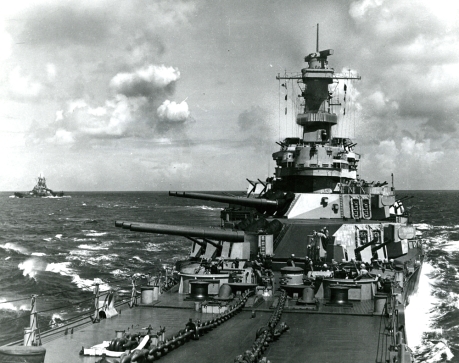
Iconic photograph of USS Iowa, as featured on the cover of Life magazine, 30 October 1944
K. J., at this point, did everyone a service by deconstructing an obscure statement from Samuel Eliot Morison, the legendary American naval historian appointed by Franklin Roosevelt to write a “fighting” history of the war. S. E. Morison’s otherwise brilliant front-line quasi-official history is certainly an easy target for revision, but K. J. raised an interesting case by examining Morison’s seemingly bizarre comparison of Leyte Gulf to the Athenian Syracuse expedition. The thrust of K. J.’s counter argument was that American victory in the Pacific was clearly guaranteed by the geostrategic situation in 1944, and thus the tactical and operational details of Leyte, while interesting, were unlikely to produce a strategically significant result regardless of the what-if variables. Craig Symonds’ comments built off this analysis, flipping the Morison analogy on its head, and detailing the core controversies in the Leyte Gulf scenario that to my way of thinking clearly make this the American Jutland.

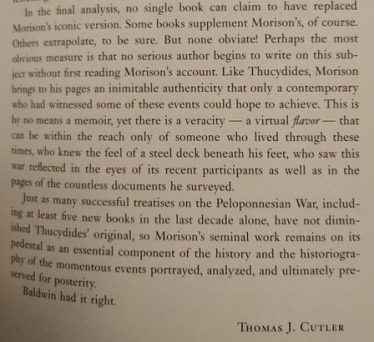

S. E. Morison’s renowned multi-volume history of the US Navy in the Second World War, and Thomas Cutler’s introduction to Volume 12 of Morison’s history.
So ended the panels for day one, September 19, and the scholars retired to the US Naval Museum at Preble Hall for cocktails and decompression. After a few drinks and hors d’oeuvre we returned to Mahan Hall for the Symposium keynote. This year, unlike 2017’s conference, a roundtable event was arranged, the idea being to hear comparisons of King, Burke and Zumwalt, generally geared towards the freshmen plebes, some evidently more interested than others.

Vice Admiral (retired) Frank Pandolfe chaired the panel that included scholars David Kohnen, David Rosenberg and Edward Marolda, with comment provided by Admiral (retired) Jonathan Greenert, former Chief of Naval Operations (2011-15).
David Kohnen highlighted Admiral King’s comprehensive service experience and technological mastery, while emphasizing King’s role as a naval educator, having co-authored the famous Knox-King-Pye report and later in his career established the Naval War College Command Course. David Rosenberg emphasized Captain Arleigh Burke’s role as Mitscher’s Chief of Staff during the war, a foundation that served Burke throughout his career, including planning the Inchon landings during the Korean War, aiding in the negotiation of the eventual ceasefire, and advancing to CNO under the Eisenhower administration where he helped develop high-frontier concepts such as NASA and ARPA. Edward brought the narrative into the post-Vietnam era with his discussion of Elmo Zumwalt, whose Project 60 concept led to the development of Harpoon missiles, the Sea Control Ship and other technologies that collectively created the foundation for the US Navy as it exists today.

This was an interesting overview of three very different, but immensely influential, American naval leaders, that unfortunately had to be wrapped up during the Q&A as it had run overtime – clearly the discussion between these scholars could have continued indefinitely, but 8:30 pm on Thursday evening was late, and only a few lieutenants and fewer midshipmen remained. With that, I returned to the conference hotel to catch dinner and get some sleep in preparation for an event filled second day.
The conference restarted at 8 am sharp on Friday, 20 September (an hour earlier than on Thursday!) and, blurry eyed, I decided to attend the session that seemed to me to be thematically structured around the vastly important concept of maritime blockade. Little did I realize that, from my perspective, this would actually turn out to be the most interesting panel of the conference.

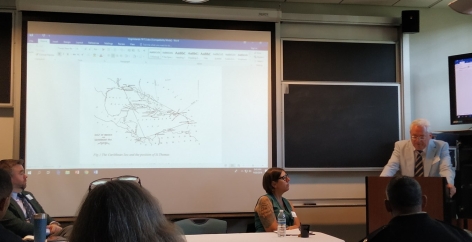

Panel Four: Session D4, Cori Convertito, Hans Christian Bjerg, Nicholas Prime, with comment by Sharika Crawford.
Cori introduced the history of Key West in the context of the American Civil War. Key West was a hugely important fortified naval base and federal district court that became a decisive base of operations for both executing the blockade against the Confederate States of America (CSA), and in 1862 under Admiral David Farragut, the staging ground for the capture of New Orleans. Heavily fortified beginning in 1845, Key West became known as the American Gibraltar, the controlling point for access to the greater Florida southern United States. General Winfield Scott’s Anaconda Plan for strangling the CSA with riverine and coastal blockade relied on USN bases, including Boston and New York, with Key West playing a comparable role, the blockade forces there in fact responsible for capturing more Confederate blockade runners and merchants than either of the larger continental ports (although with cargos of less total value). Crucially, as the blockade forces seized Confederate supplies and ships, the Union’s merchants grew stronger – captured supplies could be put back into use during amphibious operations against the CSA.

Farragut’s flagship USS Hartford forcing Fort Jackson during the New Orleans operation, April – May 1862
Hans presented next, likewise examining the role of a small Caribbean island that loomed large in the history of the Monroe doctrine. The Danish Virgin Island of St. Thomas was of great interest to the reconstruction era United States as a possible naval base, and following the Alaska purchase of 1867, had been considered for purchase at the cost of $3 million in 1868, although not followed through. Renewed interest by the United States following consideration by the unified German Empire to purchase the island once again brought St. Thomas into American consideration, in particular after the Spanish-American War and then the decision to construct the Panama Canal in 1904. St. Thomas was finally purchased, at cost of $25 million in March 1917 – just prior to the US entry into the First World War – over concern that Germany might have acquired the island had Denmark been occupied during the war. This case study, like Cori’s presentation on Key West, highlighted the outsize significance of small but strategically located island bases which had the potential to provide sea-lane control, amidst frequent clashes between perceived strategic imperatives and political decision-making.

Needless to say, St. Thomas is no longer the contested strategic location it was during the 19th and early 20th centuries.
Nicholas brought the conversation into the nuclear era, presenting the findings from his research into Rear Admiral J. C. Wylie, later well known as a military strategist, who in fact played an important and indeed astonishing role in the lead-up to the Cuban Missile Crisis. Wylie was the naval planner who, as early as mid-September 1962, had first proposed the plan to blockade Cuba. Wylie’s intention was to prepare a means of pressuring Castro, but his plan was however coopted by the Joint Chiefs of Staff, the CIA, and Robert Kennedy’s Mongoose planning group, into an off the shelf invasion plan aimed at removing Castro from power altogether. Utilizing Freedom Of Information (FOI) requests, Nicholas gained access to the Wylie plan, and dissected the document to demonstrate that the Pentagon had certainly been aware of the blockade strategy well before it was proposed during the Excomm meetings in October 1962. Furthermore, like the previous papers, Nicholas encountered the interplay between strategic planners and the political and service priorities that actually shaped policy.

New York Times front page for 23 October 1962, recording JFK’s announcement of the Cuban quarantine, a watershed moment in the history of the Cuban Revolution and the first phase of the Cold War.

As the panel wrapped up I headed back upstairs to scour the publishing stalls for fresh material. Amongst the cornucopia of free coffee, pop, danish and fruit platters, I discovered that the proceedings for the 2013 conference had at last (!) been published and were now available, free of charge. I chatted with the people manning the booths, but I was beginning to realize that I was confronted with a dilemma: on the one hand I was having fun with these panels, and no historian can resist collecting free books, but on the other hand I was rapidly exhausting any plausible storage space for the flight home. Furthermore there were only two panels remaining that I would have a chance to attend, considering that my own presentation was scheduled to follow in a few hours.


They will be mine, oh yes, they will be mine
With these deep thoughts on my mind, and my arms straining under the burden of dense volumes, I paced the halls of the history department, chugging coffee as my Oxfords clicked across the floor. The time between sessions was counting down, and I had to make a decision. Presentations were starting as I ducked into the session chaired by Mark Folse.



Panel Five: Session E2, Kelsey Power, Joy Carter, and Heather Haley, with comment by Lori Bogle.
Kelsey was presenting on the subject of how class shaped identity amongst POWs during the Napoleonic War. Officers captured during the war were sent to the Verdun Citadelle where they were treated relatively well, their class consciousness as gentlemen being generally respected. The overthrow of traditional 18th century European class norms during the French Revolution made Royal Navy officer POWs more liable for exploitation, and they were thereafter routinely subjected to search and seizure, including confiscation of their personal goods (and money). The prisoners in response utilized creative methods to hide their valuables, and were not unknown to have employed cross-dressing to orchestrate escape attempts.

Heather’s presentation focused on the case of Ensign Vernon Berg, who was discharged from the Navy over a homosexual scandal aboard USS Little Rock. Berg later successfully sued the Navy for unfair dismissal in a landmark legal case. Heather’s presentation focused on the Cold War cultural mentality in the navy during and after the Eisenhower era, when a particular version of masculinity was codified in which homosexuality was perceived as deviant and threatening. Perceptions of homosexuality changed over time, being perceived during the 1970s primarily as a psychiatric issue effecting the “character” of the naval officer in question. Modernization, manpower retention policies, and legal challenges such as those pursued by Ensign Berg eventually mandated greater tolerance for homosexuality towards the end of the Cold War.

E. Lawrence Gibson’s book about Berg’s legal suit.
Joy’s presentation surveyed her career as a civilian hydrographer, contracted by the navy to conduct spot hydrographic surveys in what were invariably future combat zones, including Somalia and Kuwait during the 1990s. This was a very revealing presentation that apparently did not involve the CIA, although it certainly could have, and demonstrated an immense blindspot in the land power approach to naval operations that often seems to dominate US Navy doctrine. The United States Hydrographic Office, originally a part of the Navy, was transferred to the Department of Defense in 1949, and then abolished and replaced by the Naval Oceanographic Office in July 1962. I was not entirely surprised that the USN had been terribly short-changed by these events, leaving Defence Department civilians to manage the essential hydrographic mapping functions, alongside competitor mapping agencies such as the National Geospatial Agency, formed out of the National Imagery and Mapping Agency in November 2003. The result of this bureaucratic centralization was that the USN routinely encountered scenarios for which it was woefully unprepared, notably for example during the rushed planning of the 1983 Grenada operation (Urgent Fury), during which nobody knew how dangerous the condition of the shoals were around Grenada. The resulting “just in time” reliance on civilians proved inadequate during the numerous littoral and special operations forces missions that followed 2001 as part of the War on Terror. The lesson that Joy’s experience emphasized is that the unglamorous and often dangerous work of hydrographic study is critical to naval operations and good order at sea, and is ignored at the peril of land powers with significant navies.

It was time for lunch, and I had to check in with my panel prior to our session.
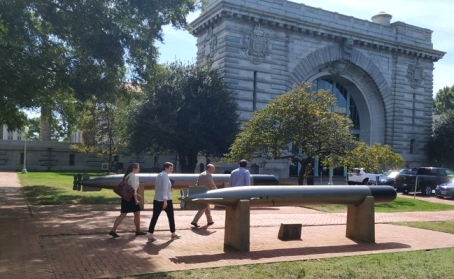
The weather was gorgeous and hot as we marched down to Dahlgren Hall, where a free pizza lunch was being provided in part by the International Maritime History Association. Comically, we started off eating the wrong free pizzas (which had been provided to a different group), an error we only discovered after having munched our way through at least several pizzas. After resolution of this SNAFU, I spent most of lunch discussing Admiral Jellicoe’s empire mission of 1919-21 with Tim Moots, the two American Barbary conflicts, 1802-05 and 1815 with Abby Mullen, and amphibious capabilities within the Royal Marines with John Bolt. I encouraged a USNA midshipman, and history major, to utilize his written work on social media, say, in a blog format similar to this one, so as to establish a good foundation with the historical research he was doing – being very interested, as he explained, in comparative combat cultures in the ancient world.
At last it was time for my panel, so I hurried back to Mahan Hall.
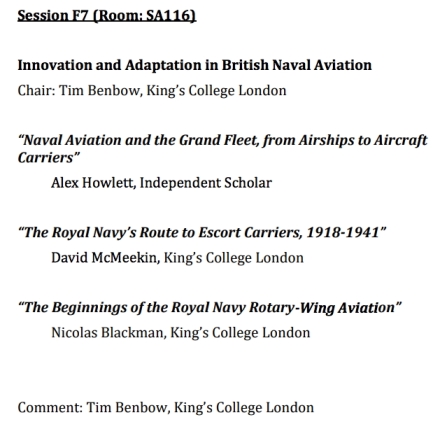
Panel Six, Session F7, Chaired by Tim Benbow, presenters Alex Howlett, David McMeekin and Nicolas Blackman.
I recorded my presentation on naval aviation development with the Grand Fleet, visible here, also available in long form. I was impressed to see the room packed with midshipmen, giving me the impression someone had instructed them to write a report on my presentation – a belief that was reinforced as most of the cadets excused themselves from the room immediately after I finished presenting. Unfortunately for them, this meant that they missed the excellent work of my colleagues.

Converted escort carrier HMS Audacity
David discussed the introduction of the escort carrier as a trade defense measure in Britain and the US, ultimately a wildly successful measure for convoy protection and anti-submarine warfare that is not as well recognized today as it really should be. David related the Royal Navy’s ongoing interest in naval aviation for a number of roles, citing the significant Holland report of September 1938. Ultimately, no surprise from my perspective, the Royal Navy fully endorsed naval aviation for trade protection, despite ministerial opposition criticizing the conversion of merchant ships to escort carriers – fallacies that had in fact been employed before, during the First World War.
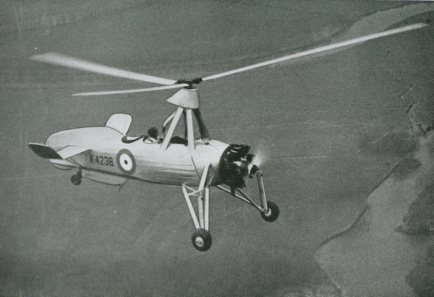
Cierva C30 autogyro
Nick described the development of the helicopter, a slow evolution of the non-rigid airship and catapult amphibian aircraft utilized by the Navy from 1915 to the 1920s, and beyond. Surprisingly, the Spanish were ahead of the technological curve in terms of helicopter development, the Cierva C30 autogyro being licence built by a number of countries during the 1930s, including the Cierva Autogiro Company established by the British. Weir and Hafner models followed, eventually succeeded during the Second World War by the very successful American firm of Sikorsky.
There was only time for one more panel, and I knew I wanted to catch the powerhouse session on British naval technology, covering the hundred years between 1860 and 1960.

Panel Seven: Session G5, chaired by Jesse Tumblin, featuring John Beeler, Duncan Redford and Tim Benbow, with comment by Matthew Seligmann.
John’s paper focused on late 19th century Royal Navy strategy and the network interplay between senior Admiralty personnel, notably Sir John Fisher, and newspaper and literary critics including W. T. Stead and Spencer Wilkinson, who were collectively responsible for shaping public opinion and swaying Admiralty decision making. The Clausewitzian tripod was in full display, actually a recurring theme throughout the conference, I began to notice: strategic principles, once articulated, could be forgotten, obscured, or indeed reinforced in the minds of the public, by skillful use of media to create false realities, invasion scares, or jingoism.

Duncan’s presentation precisely addressed these themes, examining the air power mania that swept Britain after the creation of the Air Ministry in January 1918. Invasion rhetoric drummed up by the Daily Mail, combined with total war predictions about the utility of bombing within the Royal Air Force, stressed the future of the Empire as an aerial entity, with imperial defence increasingly the responsibility of a vast air establishment, sidelining the Royal Navy. After the Washington Treaty of 1923 the future of the Empire as a seapower was in question, with the RAF’s own bombing rhetoric – magnified by the Northcliffe and Beaverbrook press – coming to dominate predictions about the future war.
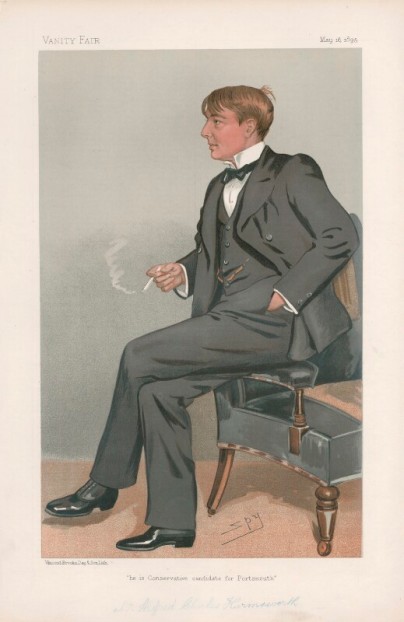
Press baron Alfred Harmsworth, Lord Northcliffe, perhaps the greatest exponent of air power in Britain until his death in 1922.
Tim Benbow had the honor of closing out the panel, tackling in his presentation the thorny question of the role of the battleship after the Second World War. Beyond simply weapons systems, battleships were forms of naval diplomacy, and also aspects of national prestige, important cultural aspects of naval power that were often overlooked in the functionalist nuclear age. Increasing skepticism about nuclear warfare after 1945 began to emphasize the need to fight “broken backed” warfare – that is, in the post-attack environment – wherein survivability would be the preeminent currency, something the battleship retained well into the second half of the 20th century. The belief that the Air Ministry had become the final imperial institution was challenged, if the Cold War remained cold, and in fact the limited war concept offered by the Royal Navy became more important during the nuclear stalemate, not less.

HMS Vanguard, the Royal Navy’s last battleship
Matthew Seligmann’s comments extrapolated the central questions of the panel and indeed the entire conference to a certain extent: what will the future of naval war be like? Can deterrence continue to function amidst increasing uncertainty? What will the technology of the future mean for naval strategy? Political and fiscal reality had to be matched with the proper technological timing, otherwise organizations trying to introduce revolutionary technology could very well end up fighting themselves, sister services, or their own governments (and treasuries), more than any foreign enemy. The only protection against misguided strategic theorization is careful study of the fundamentals, coupled with a resourceful but historically grounded imagination.

The conference wraps up, two years of hard work and preparation producing a compelling two days of insight.



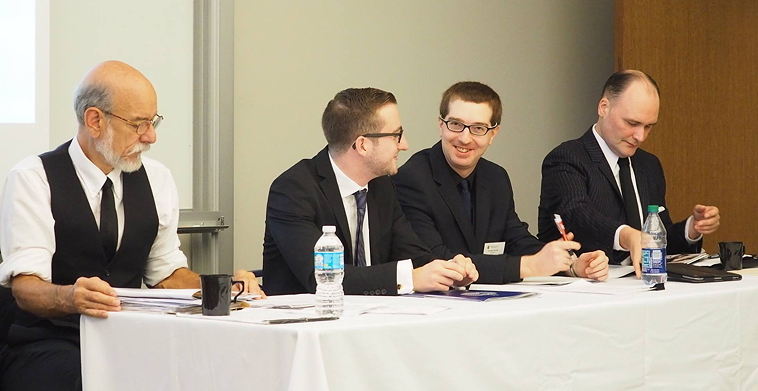


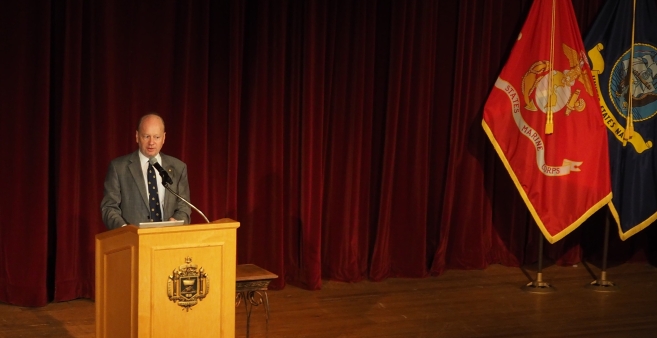







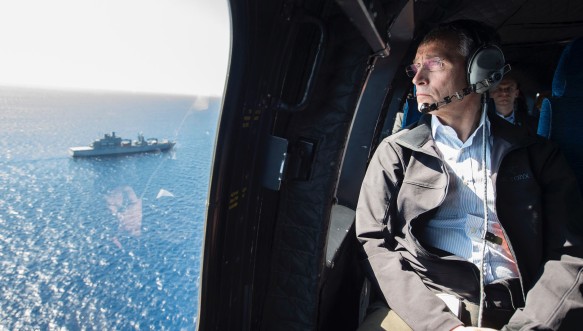
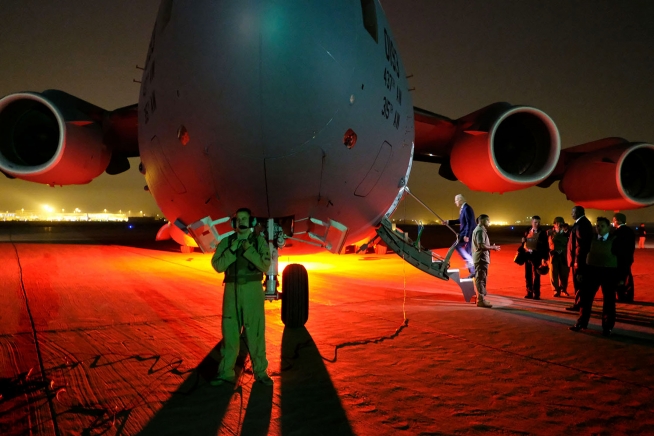
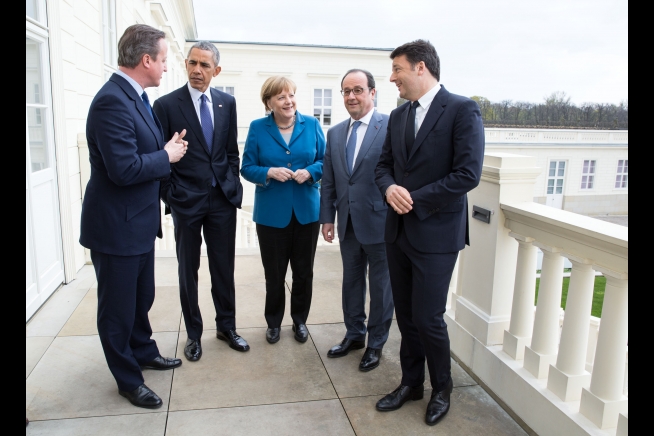



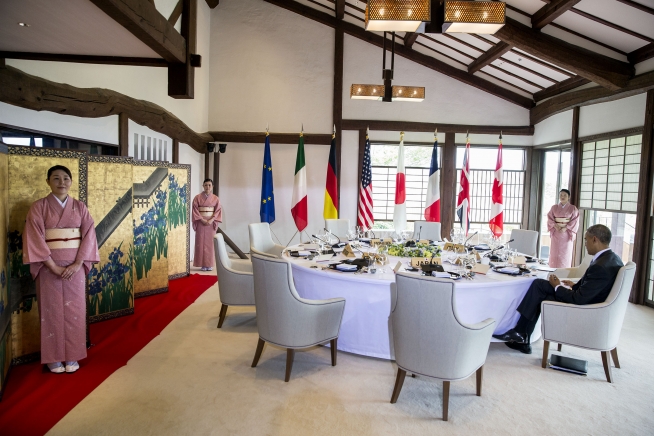
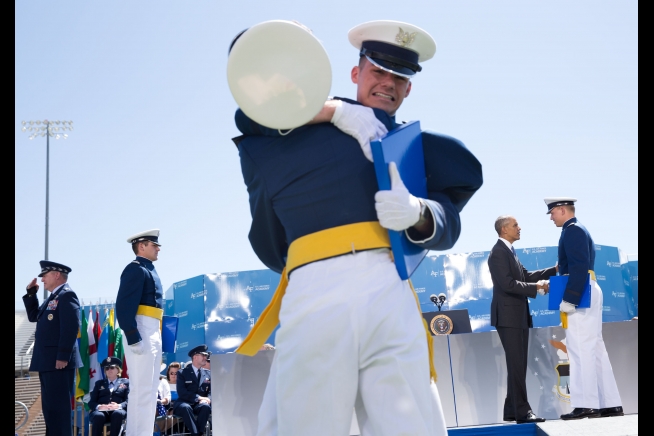

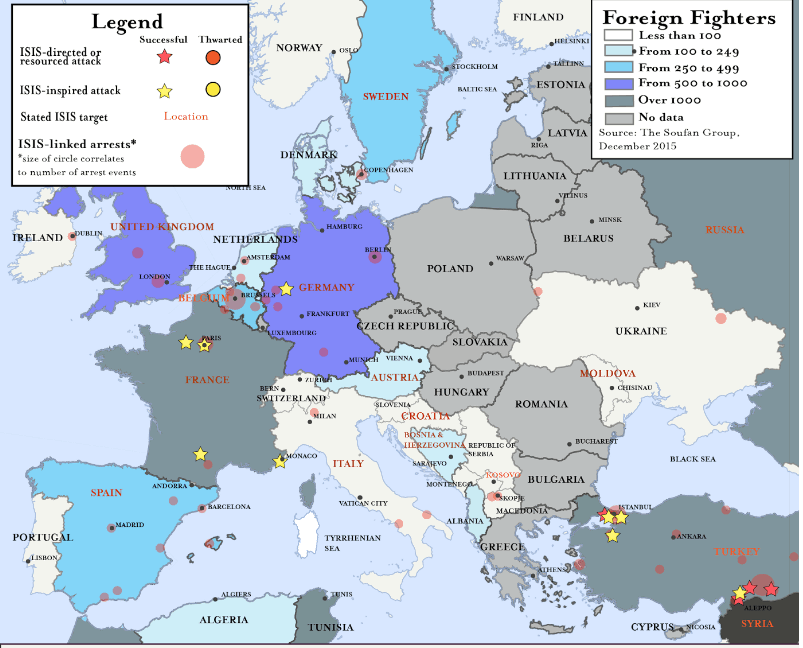

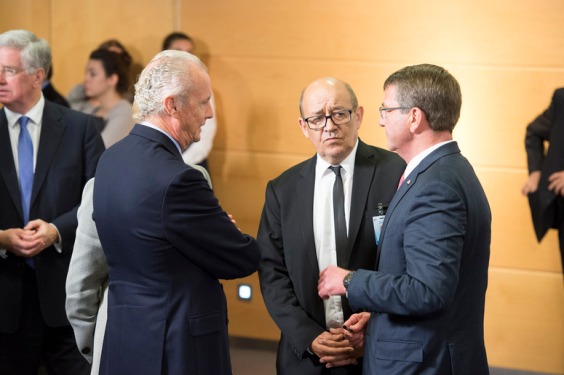

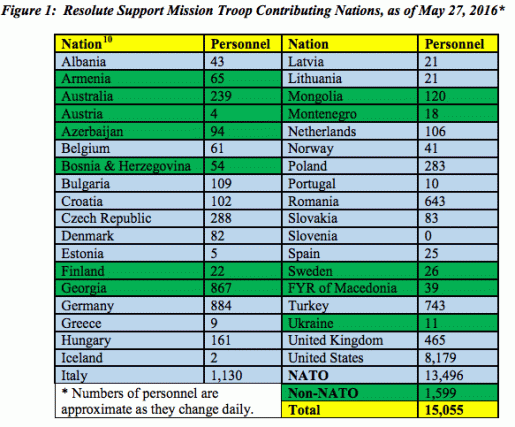

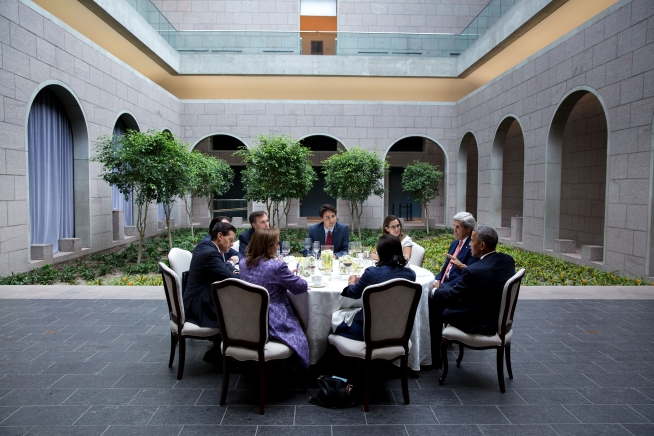





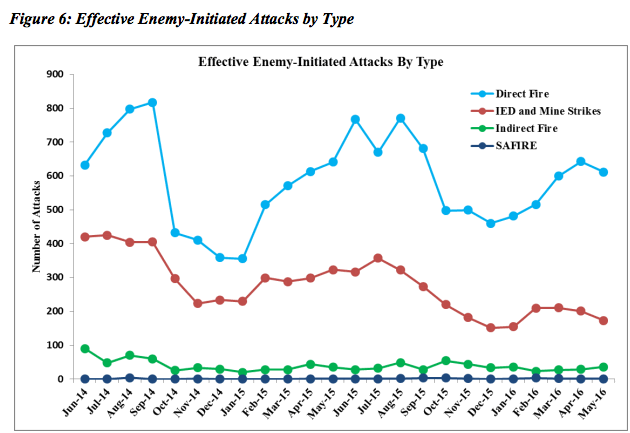

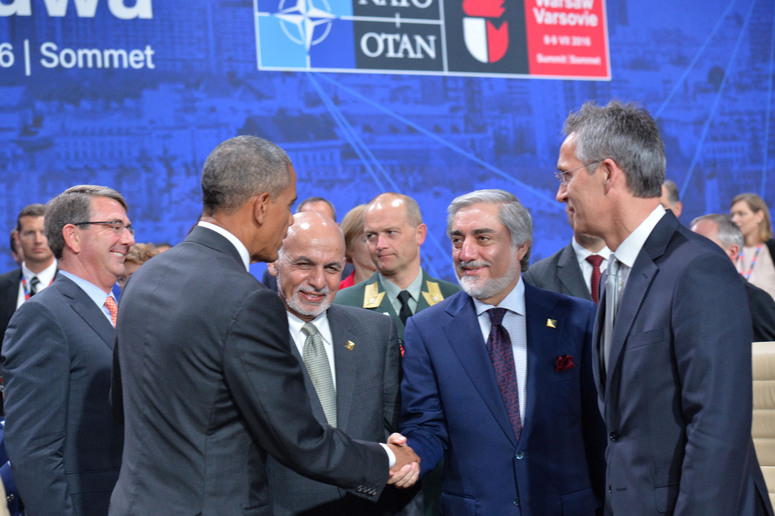


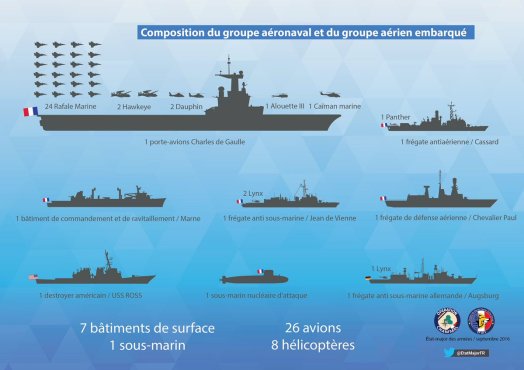
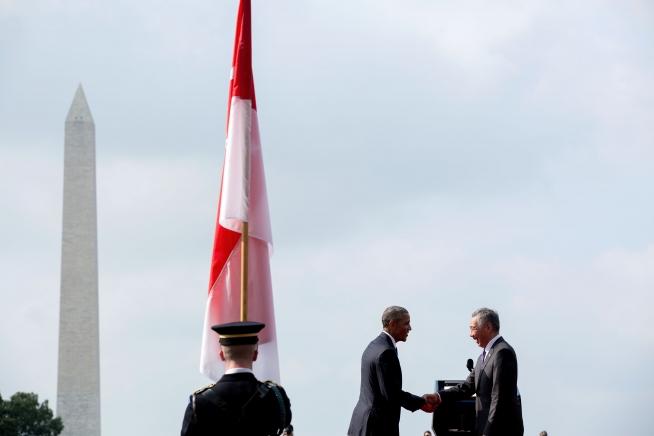
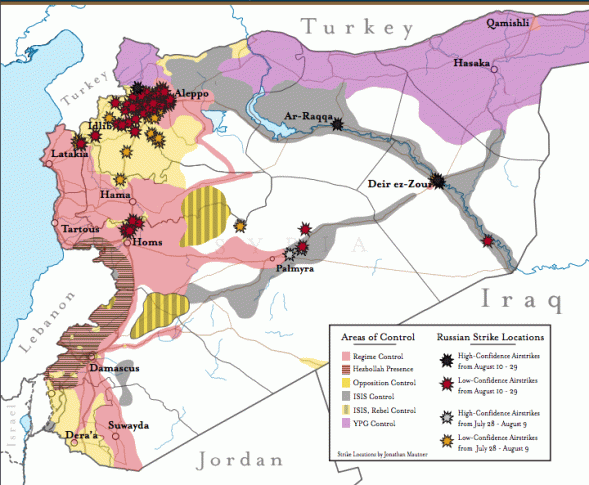


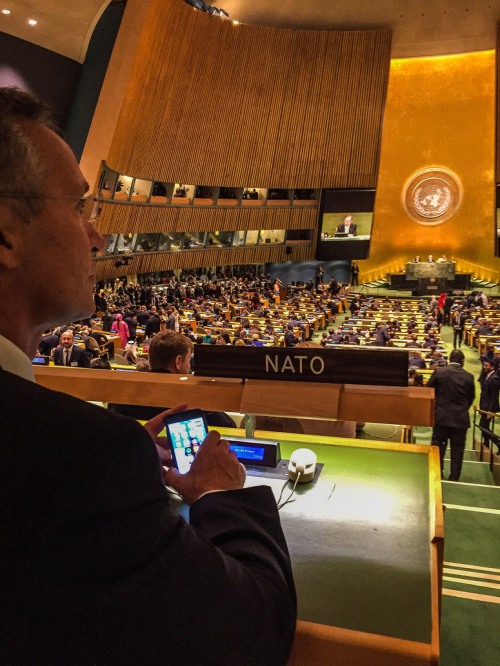
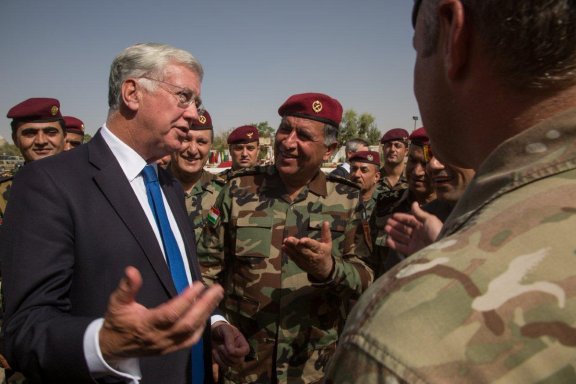

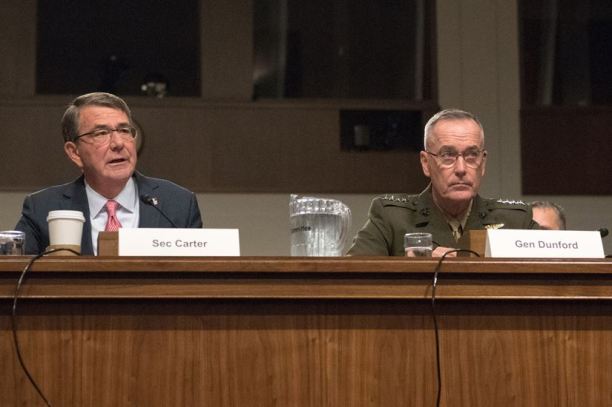

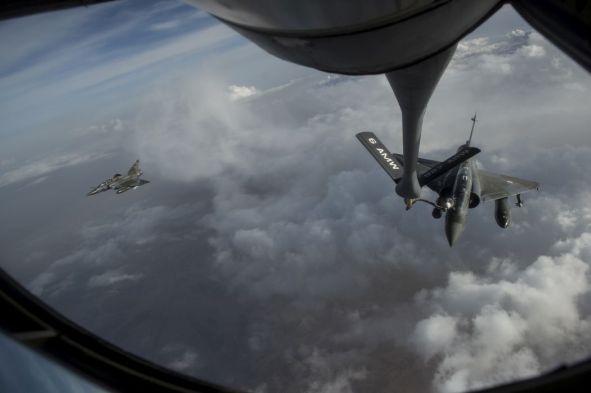 Two French Mirage 2000Ds refuel over Iraq, April 8, 2016.
Two French Mirage 2000Ds refuel over Iraq, April 8, 2016.


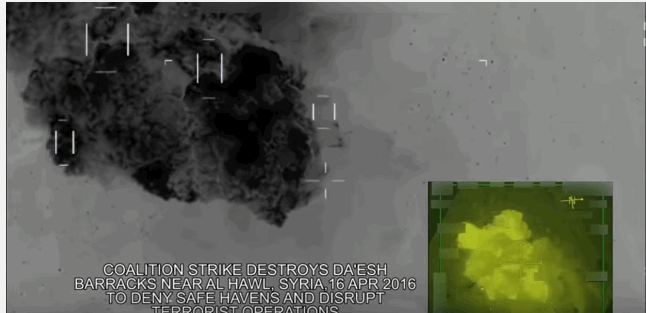
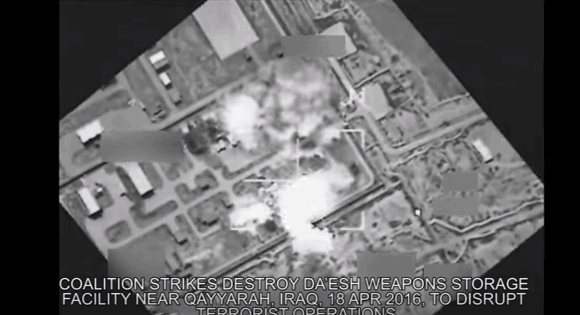

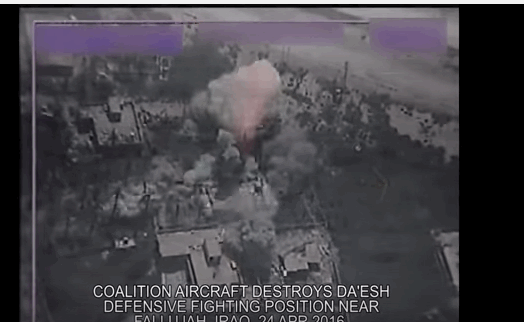

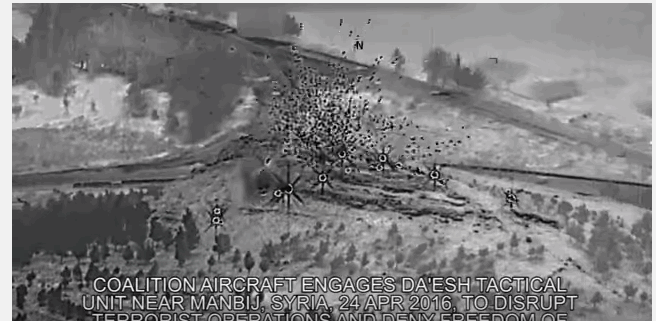


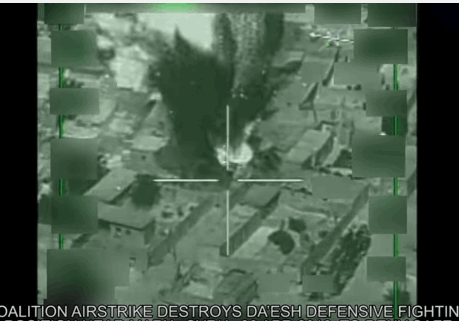



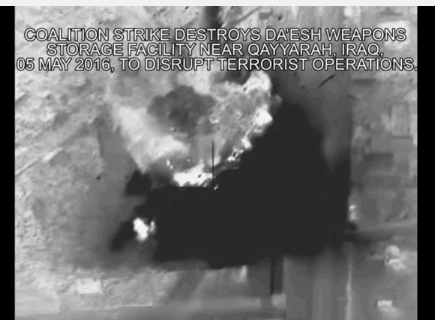

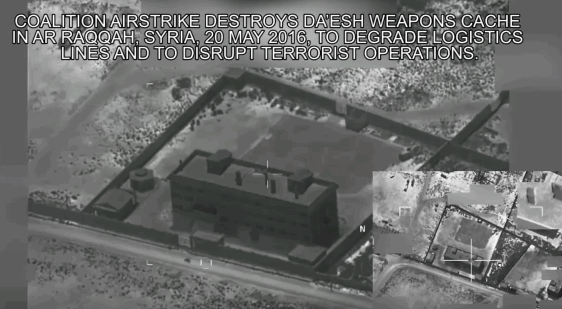
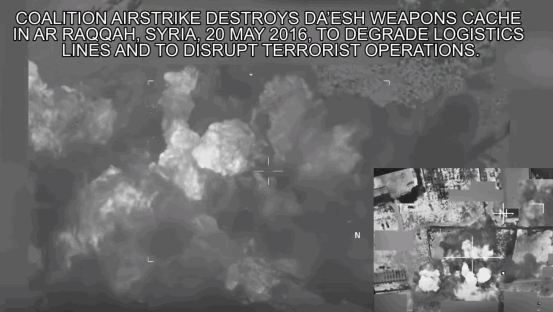
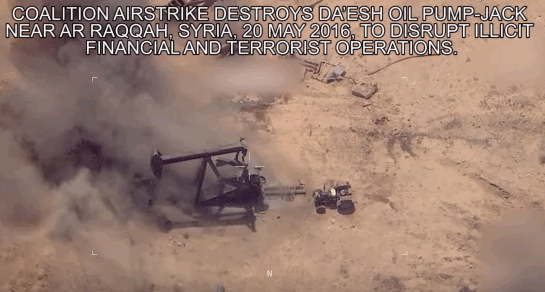

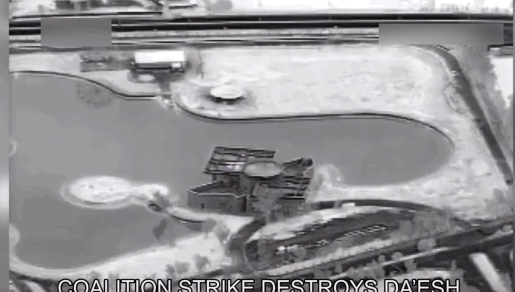
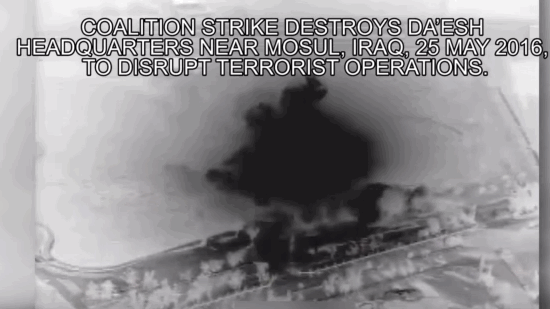
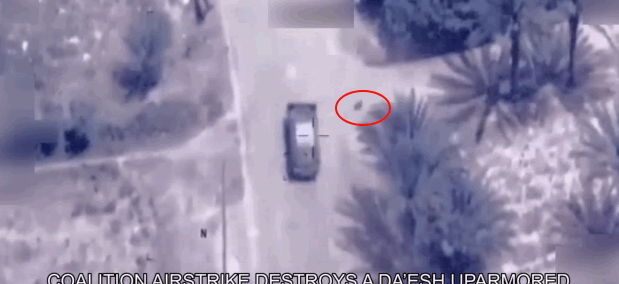
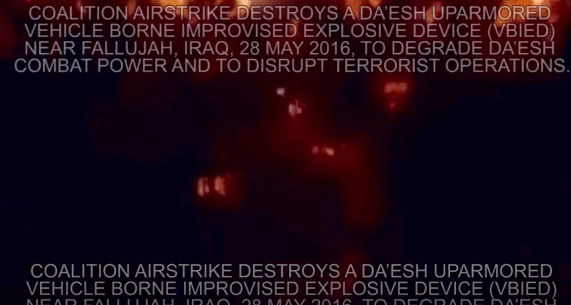
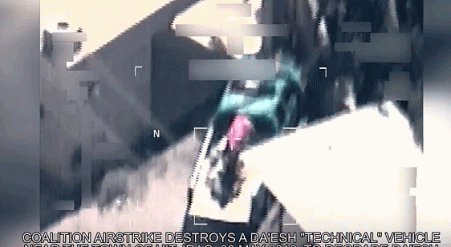

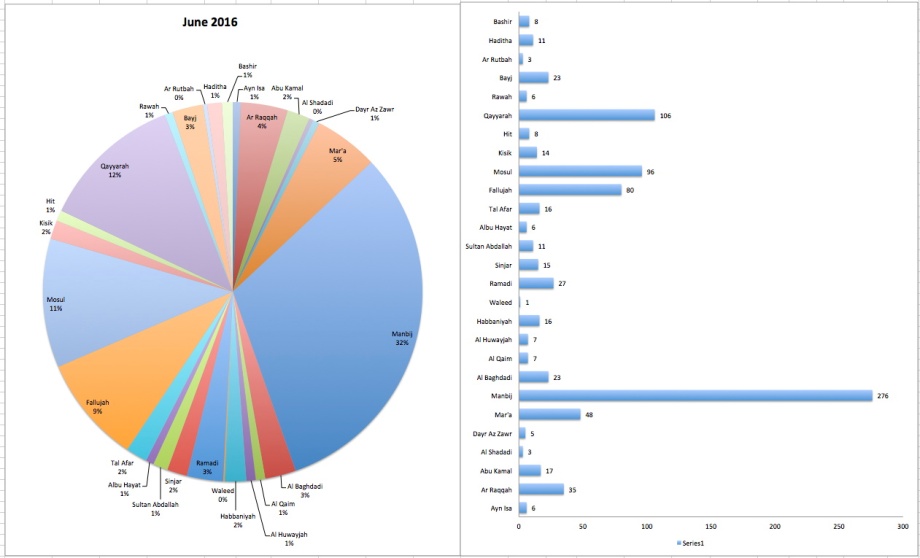
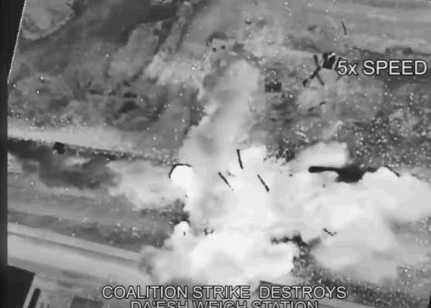

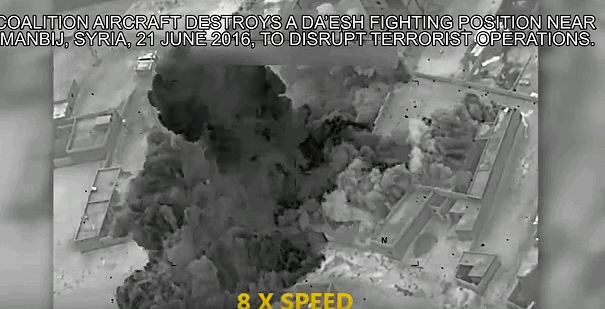




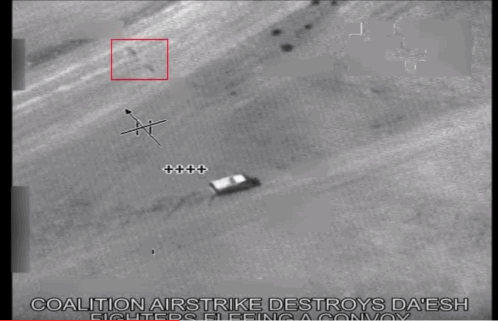
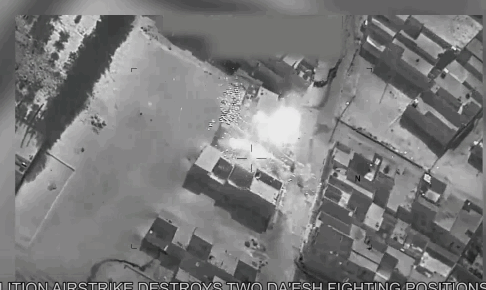

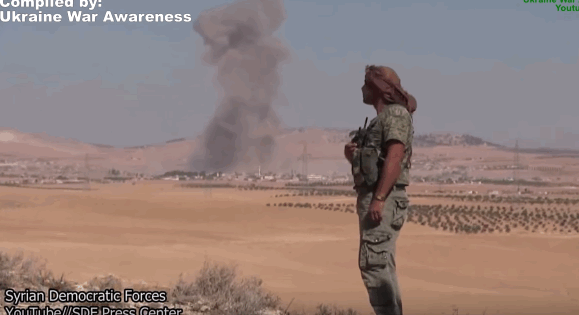
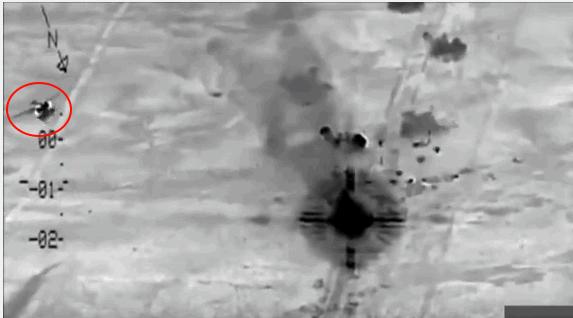

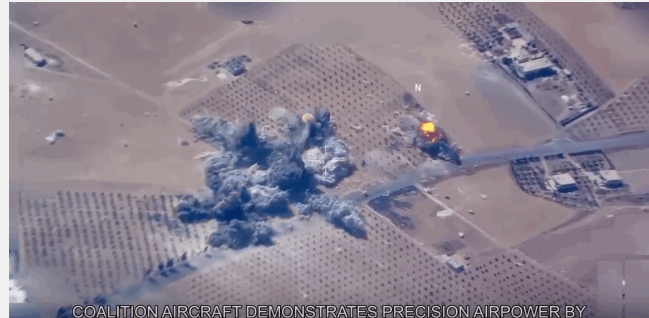

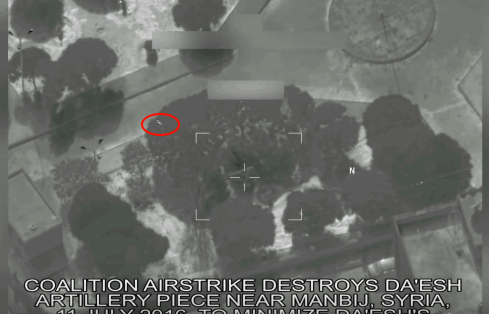

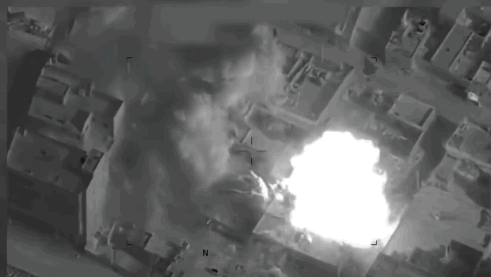


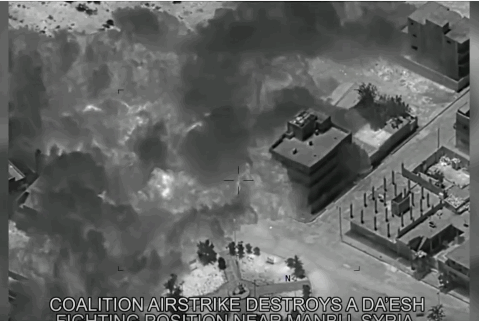

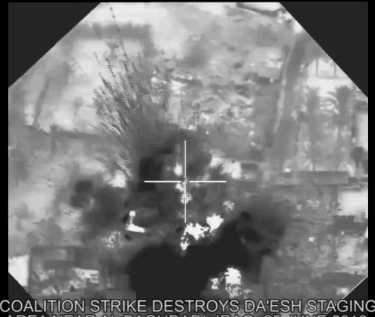



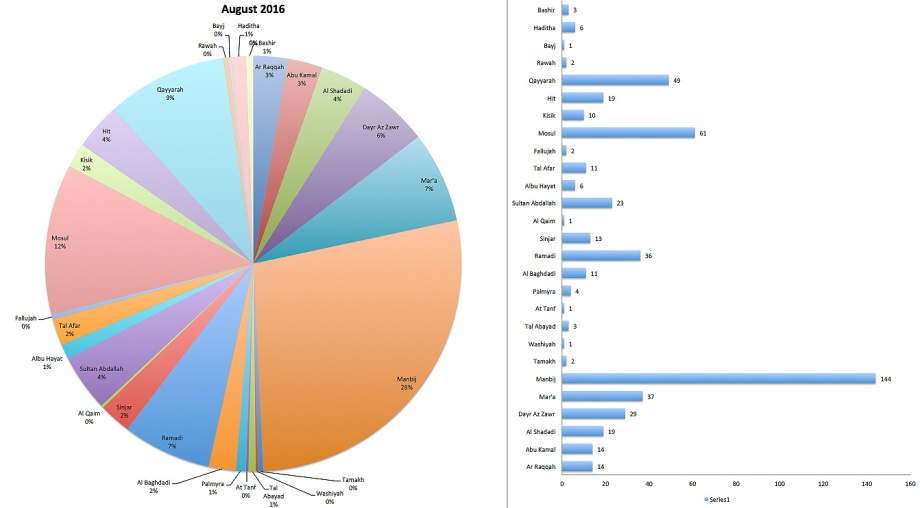


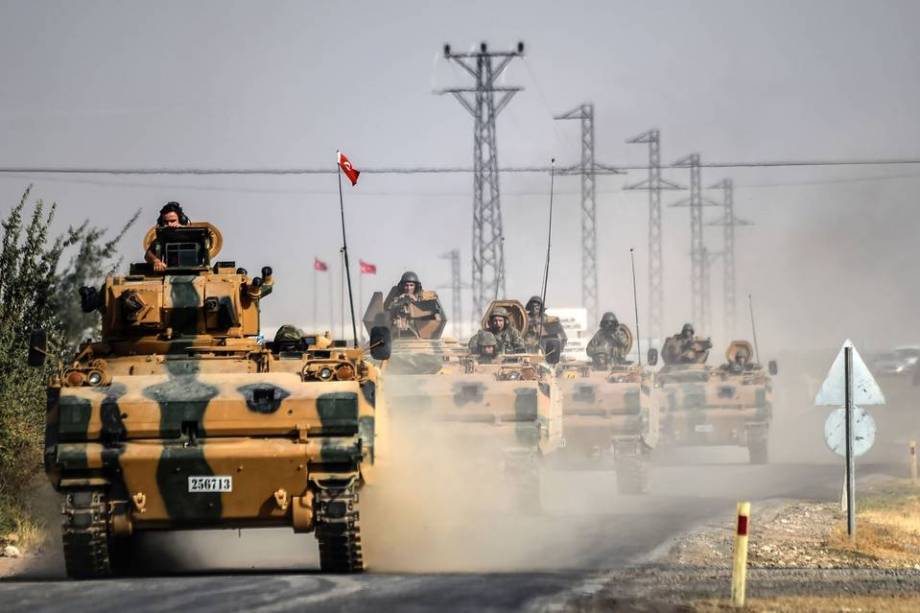





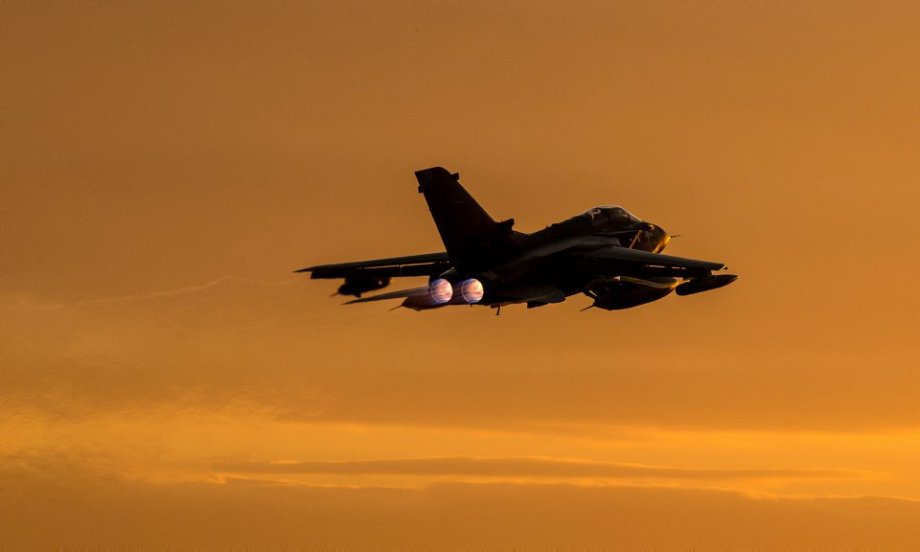


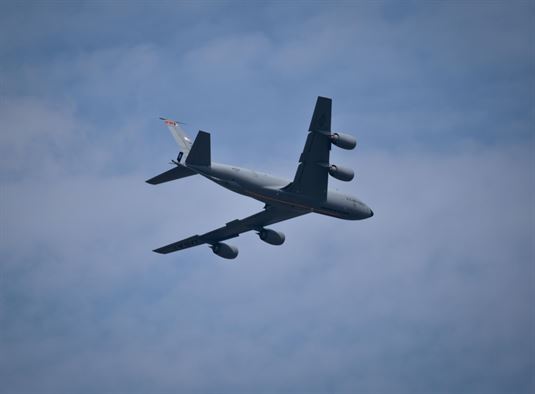





 August 8th, Operation Inherent Resolve commences.
August 8th, Operation Inherent Resolve commences.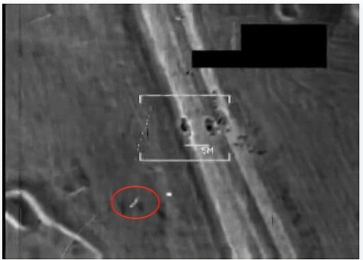
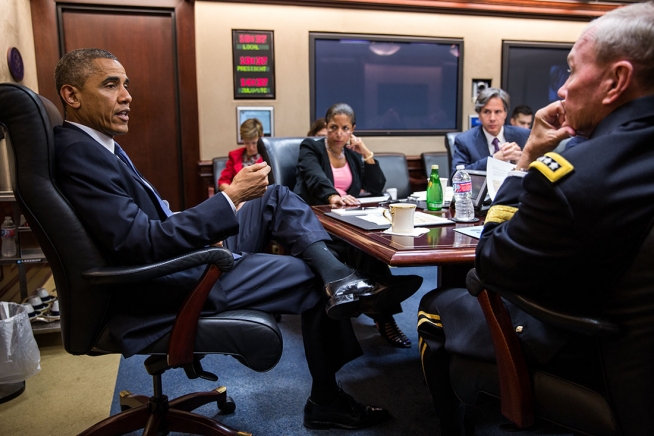

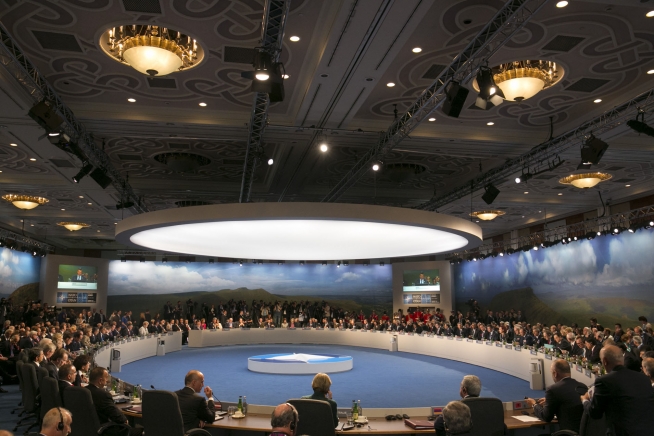 NATO Summit meeting at the Celtic Manor Resort, Newport, Wales, 4 September 2014.
NATO Summit meeting at the Celtic Manor Resort, Newport, Wales, 4 September 2014.







